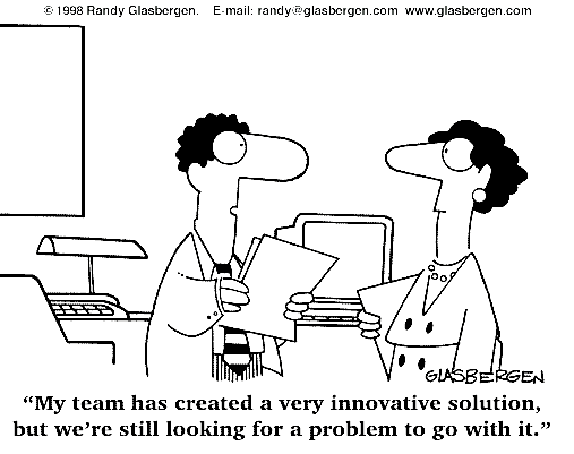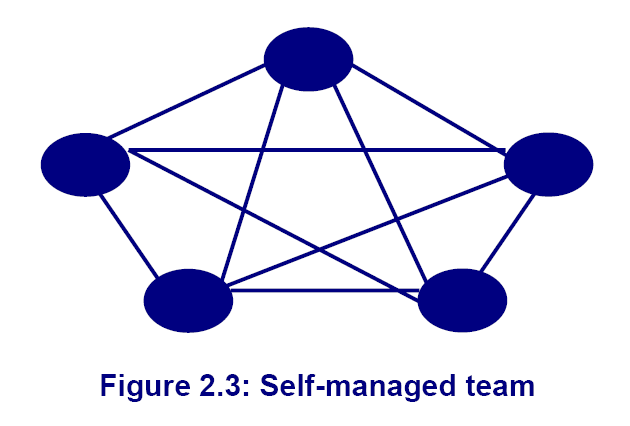|
When students finish studying this part, they should be able to:

-
Define team types.
-
Distinguish between formal
and informal groups.
-
Understand how to build a
good team.
-
Explain team role in
solving organizational problems.
-
Determine teams as an
inevitable tool in performing business.
-
Understand the process of
making use of diversity in teams.
-
Define the self-managed
teams in organizations.
2.1 Types of Teams
Teams can be
classified according to their objective. The four most common
forms of teams you are likely to find in an
 organization
are problem-solving teams, self-managed teams, cross-functional
teams, and virtual teams. organization
are problem-solving teams, self-managed teams, cross-functional
teams, and virtual teams.
A) Problem-Solving Teams
They are typically composed of 5 to 12 employees from the same
department who meet for a few hours each week to discuss ways of
improving quality, efficiency, and the work environment.
Organizations are relaying more and more on problem-solving
teams to help solve organizational problems, as shown in Figure
2.1.
Figure 2.1: Problem-solving team

In
problem-solving teams, members share ideas or offer suggestions
on how work process and methods can be improved. Rarely,
however, are these teams given the authority to unilaterally
implement any of their suggested actions, as shown in Figure
2.2.
 Figure
2.2: Team hoac Figure
2.2: Team hoac

B) Self-Managed
Teams

They are generally composed of 10 to 15 people who take on the
responsibilities of their former supervisors. Typically, these
responsibilities include:
a)
Collective control over the pace of work,
b)
Determination of work assignments,
c)
Organization of breaks, and
d)
Collective choice of inspection procedures used.
Fully self-managed teams select their own members, and the
members evaluate each other’s performance. As a result,
supervisory positions take on decreased importance and may even
be eliminated, see Figure 2.3.
 Figure
2.3: Self-managed team Figure
2.3: Self-managed team

C) Cross -
Functional Teams
 Cross-functional
teams are made of employees at about the same hierarchical
level, but from different work areas, who come together to
accomplish a task. Cross-functional
teams are made of employees at about the same hierarchical
level, but from different work areas, who come together to
accomplish a task.
Cross-functional teams are an effective means of allowing people
from diverse areas within an organization to exchange
information, develop new ideas, solve problems, and coordinate
complex projects. Cross-functional teams bring people with
different functional specialties to better invent design, or
deliver a product or service. The general goals of using
cross-functional team include some combination of innovation,
speed and quality that come from early coordination among the
various specialties
D) Virtual Teams
Virtual
teams
use computers
technology to tie tighter physically dispersed members in order
to achieve a common goal. They allow people
to collaborate online, whether they are only a room apart or
separated by continents.
The
three
primary factors that differentiate virtual teams from
face-to-face teams are:
a)
The absence of Para verbal and nonverbal cues.
b)
Limited social context.
c)
The ability to overcome time and space
constraints.
|